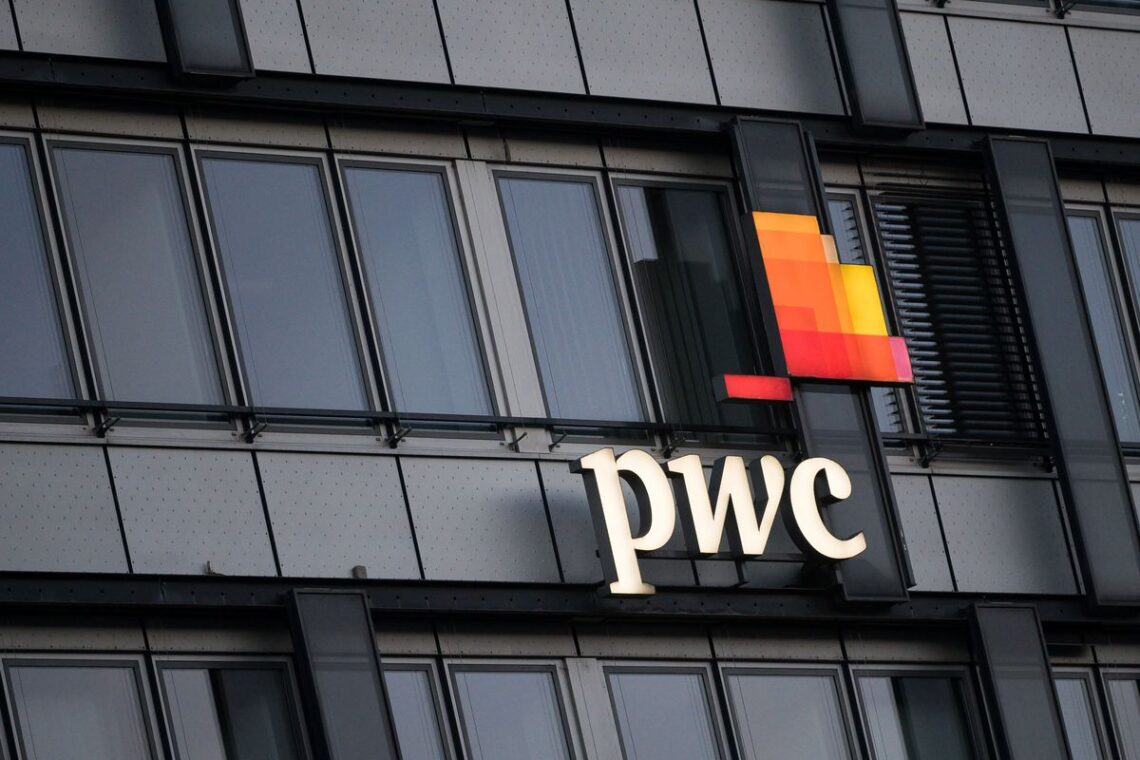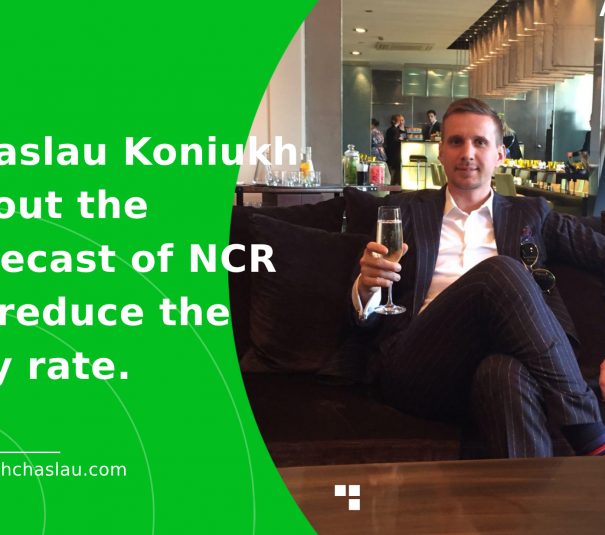How PricewaterhouseCoopers (PwC) came into being and developed
PricewaterhouseCoopers (PwC) is one of the largest brands in the professional services sector worldwide. It brings together a network of independent companies operating under a single name. Its headquarters are in the United Kingdom. PwC is one of the “Big Four” auditing firms, alongside Deloitte, EY, and KPMG.
The company traces its origins back to the 1998 merger of Coopers & Lybrand and Price Waterhouse. Today, PwC operates in 157 countries through 742 offices. It employs 328,000 people.
PwC services
PwC offers a wide range of services to private and corporate clients. The brand operates in the following areas:
– auditing;
– tax operations;
– legal services;
– consulting services.
In terms of revenue, auditing brings in the largest share, more than US$18 billion. Together, tax and legal services bring in about US$21 billion, while consulting services bring in US$12 billion.
PwC International Limited coordinates the global network of partner companies. This division does not directly provide services but is responsible for brand management. Its activities focus on developing and supporting common strategies and initiatives. Additionally, International Limited is responsible for risk management and quality control.
Business history
The modern company’s predecessors were Coopers & Lybrand and Price Waterhouse. Coopers & Lybrand can trace its history back to 1854 when William Cooper established an accounting firm in London. In 1898, a group of partners founded Lybrand, Ross Bros. & Montgomery in the United States. For many decades, both companies developed and expanded their services and conquered new markets. In 1957, they merged to create the Coopers & Lybrand brand.
Price Waterhouse was established in London in 1849, offering accounting services. The firm was founded by Samuel Price. Sixteen years later, he joined forces with partners William Holiland and Edwin Waterhouse. Thus, Price, Waterhouse & Co. was born.
Merger of companies
In 1998, the reputable companies Coopers & Lybrand and Price Waterhouse merged. The merger resulted in one of the largest brands in auditing and accounting services. In 2010, the company rebranded to strengthen its position in the global market. It changed its name to the shorter, more modern PwC.
This change opened up new opportunities for expanding its offerings. PwC carried out a series of mergers and acquisitions that allowed it to enter the technology consulting and digital analytics markets. Furthermore, the company expanded its consulting services and introduced risk management.
The brand remains one of the most reputable in the accounting and auditing sector.










